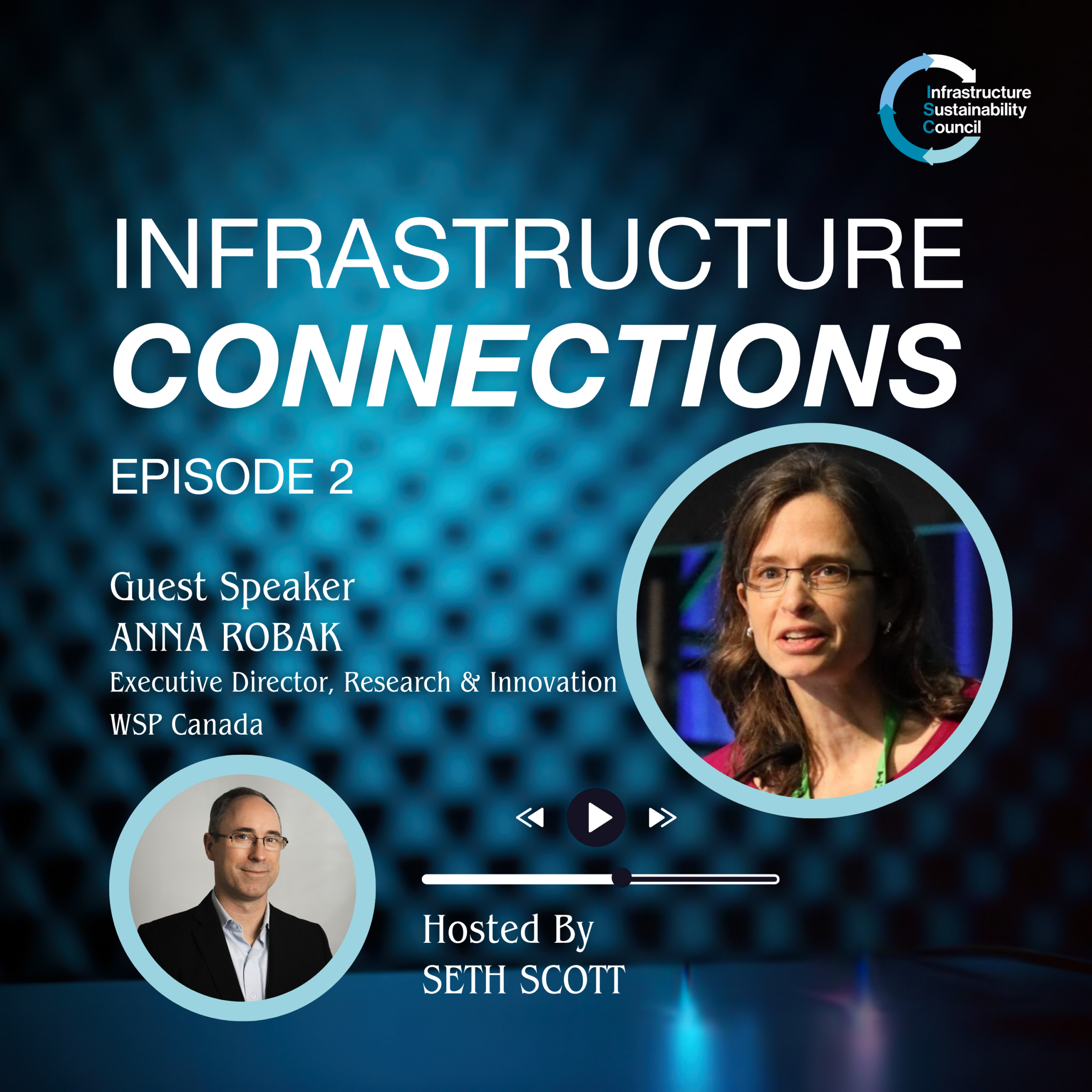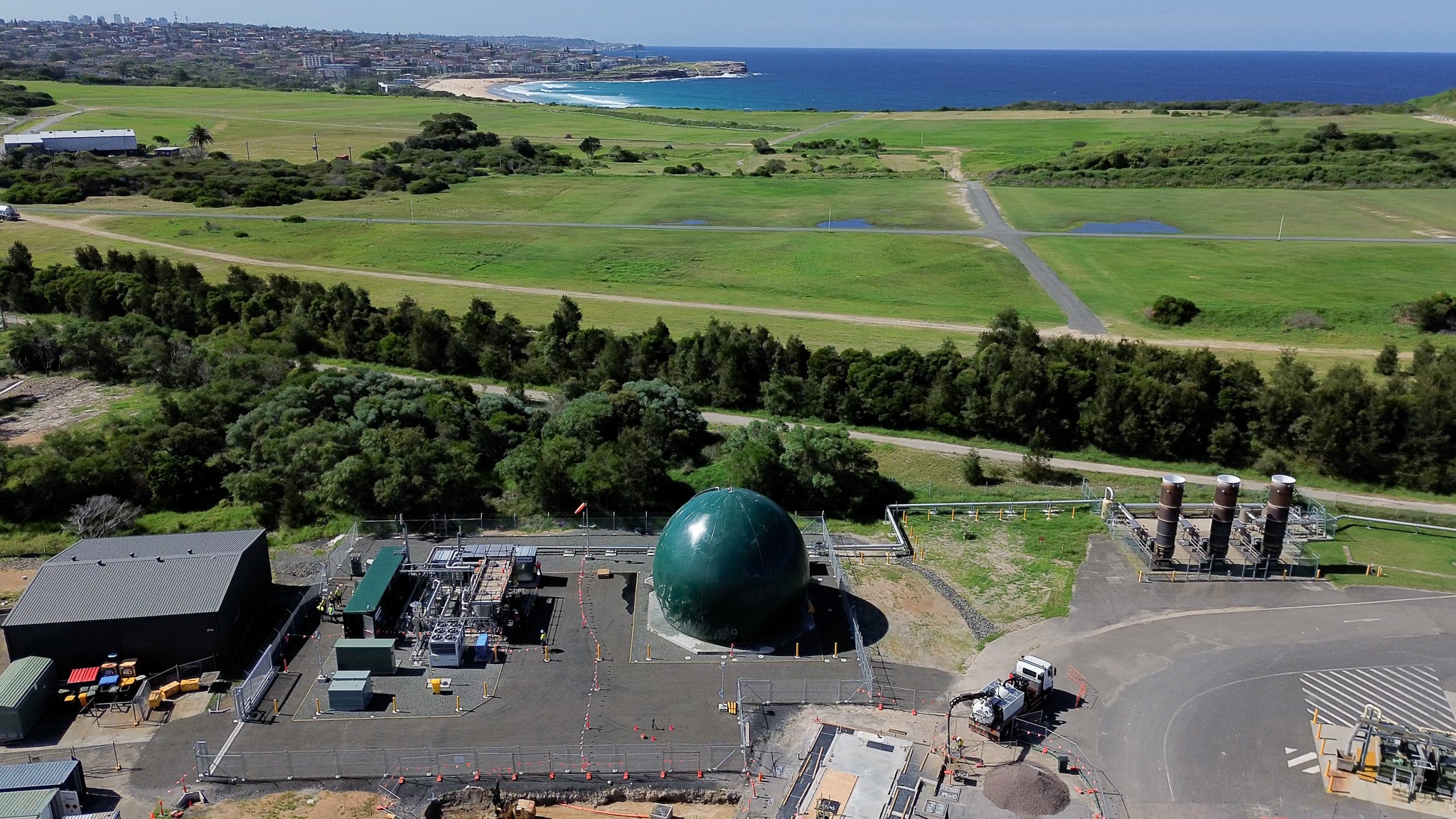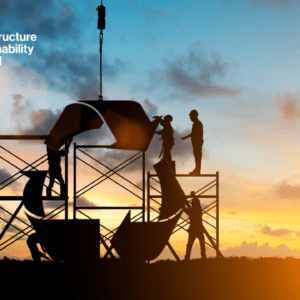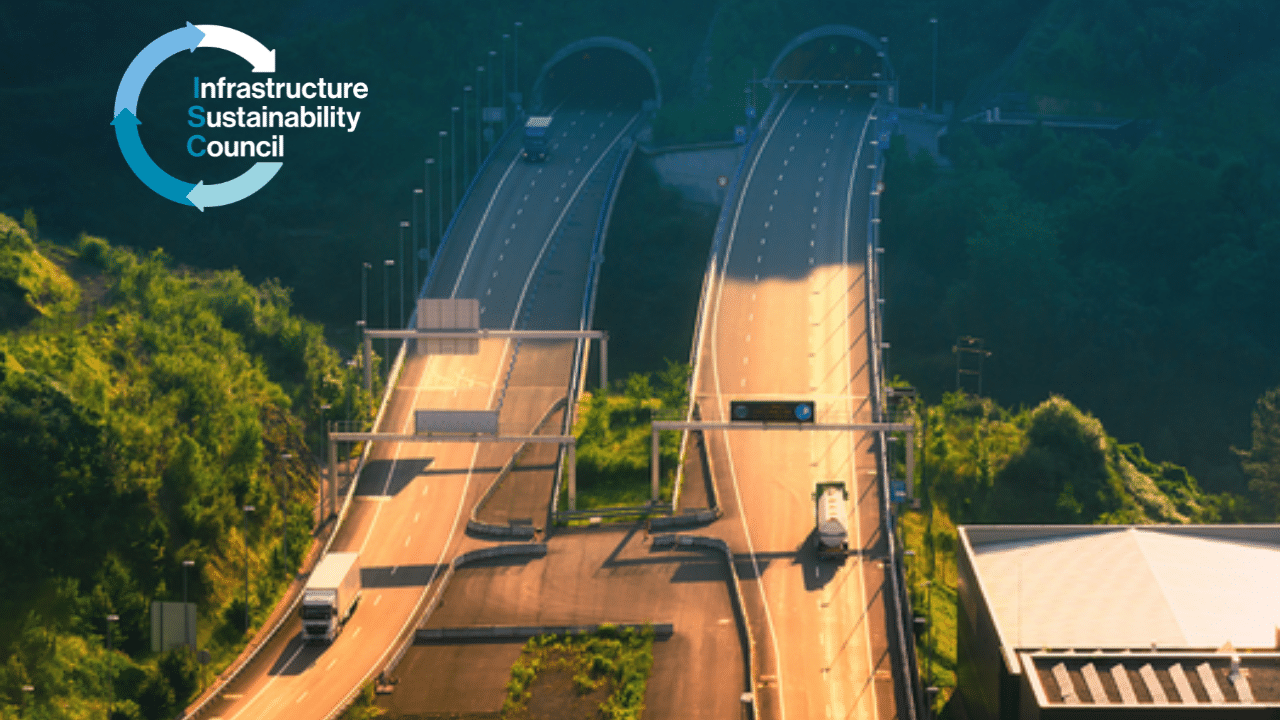Situated within the Malabar Headland National Park—a location marked by rich biodiversity and historical significance—the Malabar Biomethane Injection Plant (MBIP) represents a ground-breaking step in Australia’s energy landscape. This collaborative demonstration project, led by Jemena and Zinfra together with Sydney Water, and co-funded by ARENA, addresses the dual challenges of waste management and sustainable energy production.
The Plant transforms biogas produced at the Malabar Water Resource Recovery Facility into biomethane suitable for household and commercial use — a first in Australia to inject biomethane into the gas distribution network. By leveraging existing biogas production processes and incorporating sophisticated purification technology, the Plant produces and injects biomethane into the gas distribution network in New South Wales, exemplifying a cutting-edge approach to circularity in resource management. The functionality of the MBIP showcases technological innovation, but the piloting of the IS Essentials Rating Tool during the design and construction of the Plant also reflects a commitment to community engagement and sustainable development.
Fast Facts
- Project Leads: Jemena and Zinfra
- Rating Achieved: IS Essentials Pilot Bronze Rating
- NSW Pioneer: First project to achieve an IS Essentials rating in NSW
- Energy Pioneer: First energy project to receive an IS Essentials rating
Biomethane – from waste to valuable resource
Biomethane is produced from gases emitted from organic matter, like wastewater, or agricultural waste. It is considered renewable as organic waste is continually created. The biogas is purified or ‘upgraded’ to biomethane by removing carbon and impurities to meet the Australian Standard for general purpose natural gas, making it a sustainable alternative to fossil fuels. Unlike natural gas, biomethane relies on resources that are constantly replenished and are part of the natural carbon cycle. Entirely substitutable for natural gas, it can be used with existing customer appliances and industrial equipment, which can help to reduce greenhouse gas emissions and support circular economy practices.
The project pioneered the recycling of off-spec biogas, converting it into usable biomethane instead of releasing it into the atmosphere, thereby enhancing the Plant’s overall sustainability, throughout its construction and operational phases.
Contact:
- Rahul Dorairaj, Project Lead, Jemena, Rahul.Dorairaj@jemena.com.au
- Monique Isenheim, Head of Market Development, ISC, monique.isenheim@iscouncil.org
To view the full case study, click here.






